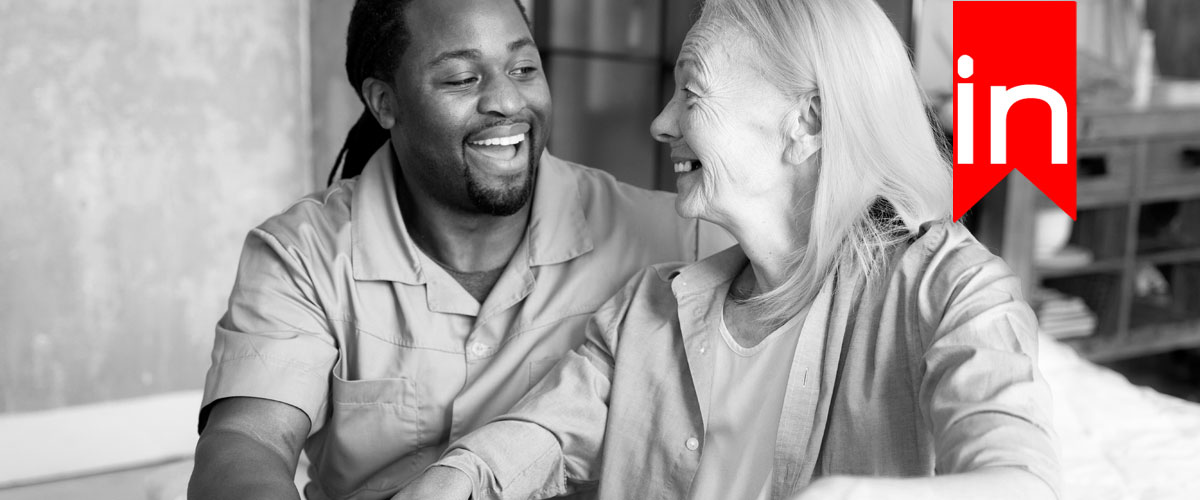Wil Thomas
Editor at Seniors Bulletin
Pickleball, known for its unique combination of elements from tennis, badminton, and ping-pong, has become a darling among senior communities. It’s not just a social pastime; it’s also an invigorating sport that boasts a set of rules and a style of play that appeal directly to older adults. The game’s adaptability allows it to be as competitive or as leisurely as players desire, making it a perfect fit for seniors seeking a blend of fun and physical activity.
 The sport’s low-impact nature is gentle on the joints, which is particularly important for seniors who are conscious of maintaining physical health without putting undue stress on their bodies. Additionally, the small court size and the lighter paddle and ball make the game accessible and reduce the risk of injury. These features contribute to pickleball’s reputation as the fastest-growing sport among seniors, offering a plethora of health benefits while also being straightforward to learn and play.
The sport’s low-impact nature is gentle on the joints, which is particularly important for seniors who are conscious of maintaining physical health without putting undue stress on their bodies. Additionally, the small court size and the lighter paddle and ball make the game accessible and reduce the risk of injury. These features contribute to pickleball’s reputation as the fastest-growing sport among seniors, offering a plethora of health benefits while also being straightforward to learn and play.
 Pickleball’s popularity among seniors is largely due to the considerable social and mental benefits it provides, addressing loneliness and fostering a sense of belonging in community centres and social gatherings.
Pickleball’s popularity among seniors is largely due to the considerable social and mental benefits it provides, addressing loneliness and fostering a sense of belonging in community centres and social gatherings.
 The sport’s low-impact nature is gentle on the joints, which is particularly important for seniors who are conscious of maintaining physical health without putting undue stress on their bodies. Additionally, the small court size and the lighter paddle and ball make the game accessible and reduce the risk of injury. These features contribute to pickleball’s reputation as the fastest-growing sport among seniors, offering a plethora of health benefits while also being straightforward to learn and play.
The sport’s low-impact nature is gentle on the joints, which is particularly important for seniors who are conscious of maintaining physical health without putting undue stress on their bodies. Additionally, the small court size and the lighter paddle and ball make the game accessible and reduce the risk of injury. These features contribute to pickleball’s reputation as the fastest-growing sport among seniors, offering a plethora of health benefits while also being straightforward to learn and play.
Highlights
- Pickleball merges elements from other racquet sports, attracting seniors with its engaging, multiplayer format.
- Its low-impact, yet active nature, makes it suitable for seniors to maintain fitness without overstressing joints.
- The sport’s simplicity in rules and equipment adds to its widespread popularity and accessibility for elder adults.
The Appeal of Pickleball to Seniors
Pickleball captivates the senior demographic with its senior-friendly nature which allows for both engaging physical activity and vibrant social interaction. The sport’s straightforward rules and accessibility provide an effortless entry point for older adults seeking leisure that is gentle on the body.Easy to Learn and Play
Pickleball’s allure for seniors stems from its simplicity. The game employs a paddle and a wiffle ball, which, when combined with the small size of the court, makes the sport highly accessible. Players can grasp the basic rules with ease, allowing for quick enjoyment. This straightforwardness is particularly engaging for seniors, who can experience the fun of the game without a steep learning curve.Low Impact on Joints
The design of pickleball ensures a low-impact form of exercise, a critical aspect for those with concerns about their joints. The sport’s gentle nature allows senior players to stay active and increase their physical activity levels without the stress that activities like running or traditional tennis can inflict on the body. This low-impact approach is particularly beneficial for maintaining joint health and overall fitness among the senior population.Health Benefits for Older Adults
Pickleball offers various health benefits tailored to the needs of older adults, prioritizing cardiovascular health and physical fitness, while also enhancing flexibility, balance, and coordination.Promoting Cardiovascular and Physical Health
Engaging in pickleball serves as an effective cardiovascular workout. Players can burn more calories in a game of pickleball compared to walking for the same duration, thereby aiding in the management of blood pressure and overall cardiovascular health. This paddle sport intertwines cardio exercises with periods of rest, fitting for seniors who are monitoring their workout intensity.- Workout Intensity: Moderate, tailored to individual fitness levels
- Calories Burned: Approximately 40% more than walking for the same time period
- Heart Health: Offers the ability to monitor and maintain optimal blood pressure levels
Improving Flexibility, Balance, and Coordination
Pickleball is not just about working up a sweat; it’s a sport that demands and develops flexibility, balance, and coordination. These attributes are crucial for older adults as they help maintain independence and prevent falls.- Flexibility: Gentle stretches in play improve range of motion
- Balance: Strategic movement on a smaller court space nurtures stability
- Coordination: The sport’s unique blend of tennis, ping pong, and badminton requires hand-eye coordination that keeps the mind and body in sync
Social and Mental Advantages
 Pickleball’s popularity among seniors is largely due to the considerable social and mental benefits it provides, addressing loneliness and fostering a sense of belonging in community centres and social gatherings.
Pickleball’s popularity among seniors is largely due to the considerable social and mental benefits it provides, addressing loneliness and fostering a sense of belonging in community centres and social gatherings.
Encouraging Socialization and Community Building
Pickleball offers an exceptional opportunity for seniors to engage in social activities. Doubles and mixed doubles play are particularly conducive to forming new friendships and strengthening community ties. Seniors often find themselves gathering at community centres or local parks, where they can enjoy both the companionship and the competition the sport offers. This social aspect plays a crucial role in combatting feelings of loneliness and depression which can be prevalent among older adults.- Social Benefits: Playing pickleball allows seniors to meet new individuals, thereby expanding their social network and increasing their sense of belonging.
- Community Centers: These become hubs of activity, where seniors can connect over a shared passion for pickleball, bridging gaps and creating a vibrant, supportive environment.
Enhancing Cognitive Function
Pickleball is not only a physical game but also a mental workout, providing cognitive benefits to its players. The need for strategy and quick decision-making in both singles and doubles play stimulates the brain, which can help maintain and even improve cognitive function. These aspects of the game could potentially reduce the risk of cognitive decline and aid in the prevention of conditions like dementia.- Mental Workout: The game demands constant mental engagement, from tracking the ball to strategizing shots, which keeps the brain active.
- Cognitive Function: Regular participation in pickleball can lead to improved hand-eye coordination, reflexes, and overall mental alertness for seniors.
Accessibility and Equipment
Pickleball’s rise in popularity among seniors can be greatly attributed to its accessible nature and the simplicity of obtaining the right equipment. The sport offers a blend of simple rules and lightweight gear, making it an engaging activity for older adults.Finding the Right Gear
When seniors decide to embark on their pickleball journey, the first step is acquiring the appropriate equipment. They need paddles that are lightweight yet durable, and balls that are designed for slower play, which reduces the impact on joints. It’s crucial to select gear that will cater to their comfort and safety on the court. Paddles:- Weight: 6 to 9 ounces (170 to 255 grams)
- Grip Size: 4 to 4 ½ inches (10 to 11.4 cm) circumference
- Materials: Usually made of wood or composite materials for better control and power
- Outdoor Balls: Harder with smaller, 40 holes
- Indoor Balls: Softer with larger, 26 holes, providing a higher bounce


